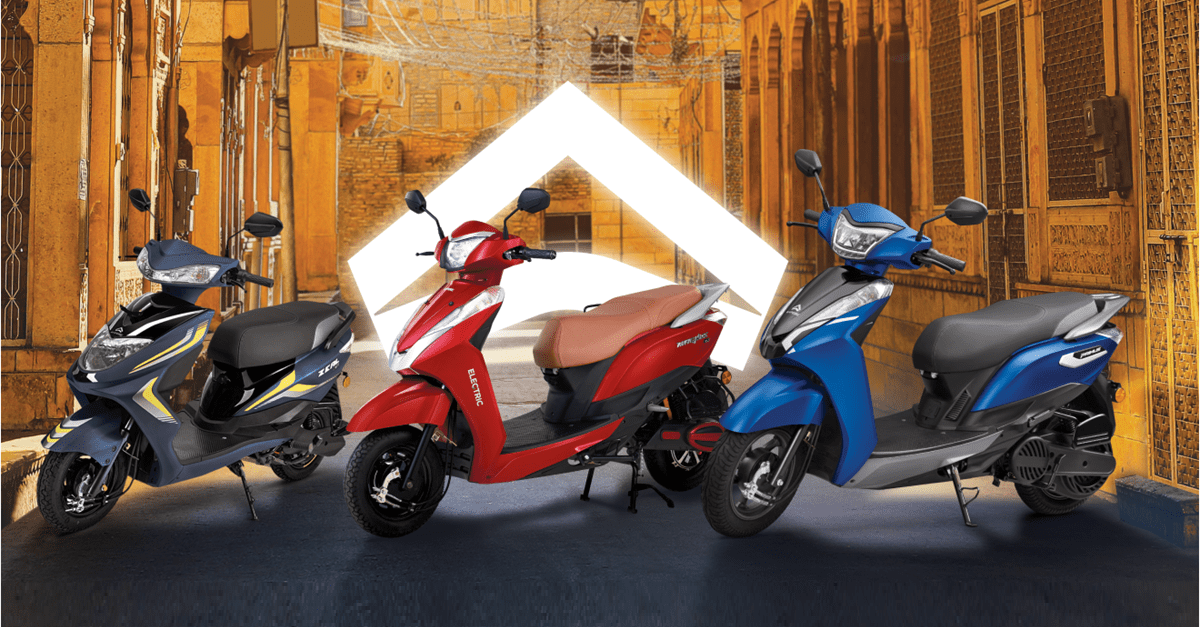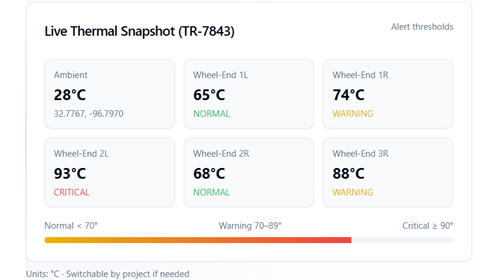
/
September 29, 2023
/
#
Min Read
Software-Defined Vehicle Architectures
In recent years, the automotive industry has started to undergo a drastic shift to a more software-based approach. This shift marks a major departure from the traditional hardware-centric approach and impacts various aspects of the business, including personnel, product offerings, revenue sources, and procurement channels. The development and adoption of the software-defined vehicle (SDV) has also disrupted how automakers approach hardware.
Domain vs Zonal
Traditionally, original equipment manufacturers (OEMs) have used domain architectures, which involve consolidating specific software functions into domain-specific boxes like infotainment, body and comfort, powertrain, and connectivity. This approach is aimed at reducing functional complexity and minimizing wiring, thus making it logically sound.
However, SDVs have caused a gradual shift towards zonal architectures, which typically means more hardware. Zonal architectures still consolidate software functions but often span multiple domains, with electronic control units (ECUs) distributed in various zones or locations within the vehicle. This approach represents a physical reconfiguration of vehicle architecture and is distinct from domain consolidation.
In some cases, a hybrid approach combining elements of both domain and zonal architectures is emerging. For instance, certain generations of vehicles may prioritize zonalization for body functions and leverage a domain approach for drive functions.

Domain Electrical Architecture Example
Where Are We Headed?
Although OEMs seem to be heading in a similar direction in terms of their choice of software-defined vehicle architecture type, their approaches and timelines may vary significantly. The transition from traditional, flat architectures to zonal ones is progressing at different rates depending on the company.
New entrants, often focused on electric vehicles (EVs), have a lower barrier to entry but lack substantial resources. Despite being able to move more swiftly toward zonal architectures, they tend to stick to conventional architectures and off-the-shelf embedded solutions. On the other hand, traditional OEMs are leading the transformation by driving innovation in electrical architectures. They are at the forefront of reshaping established practices, consolidating ECUs into domain controllers, and advancing zonal architecture solutions. This diversity in approaches is expected to persist over the next 10 to 20 years and across several product cycles.
Automotive Electrical Architecture Impacts on Safety and Security
Modernizing automotive electrical architectures has significant implications for safety, security, and maintenance. Security becomes paramount, with a focus on end-to-end design and incorporating public key infrastructure to thwart threats. Centralizing logic and processing reduces attack surfaces but introduces potential single points of failure, necessitating careful design with backup mechanisms.
Continued adherence to functional safety standards, such as ISO 26262 and ASIL D, is also paramount. New architectures require innovative safety approaches, including fault detection and recovery mechanisms. OEMs will also need to consider processing power increases, particularly for Advanced Driver Assistance Systems (ADAS), to ensure vehicle safety and feature functionality.

Zonal Electrical Architecture Example
The new SDV architectures offer ongoing safety and security enhancements through security patches, machine learning, digital twins, and improved perception capabilities. In conjunction with these electrical architectures, connectivity allows real-time monitoring of vehicle performance and feedback collection for continuous improvement, ensuring vehicles are safer, more reliable, and easier to maintain.
Software in New Automotive Electrical Architectures
Software plays a central role in the transition toward SDVs and new automotive electrical architectures. Placing a significant portion of a car's functionality in a software domain allows for frequent updates and the addition of new post-purchase feature upgrades.
Decoupling hardware and software is a key focus. The software's interaction with hardware occurs in two main ways: during the agile development cycle in the cloud and throughout the deployment cycle, ensuring that the software continually evolves and provides value to both OEMs and consumers.
OEMs are also starting to develop software in a virtual world, often on devices that don't yet exist, a practice referred to as "shift left." As new hardware components become available, software is validated on them and then deployed throughout the vehicle's lifecycle in a process known as "stretch right." This allows for ongoing software improvements, including enhancements, security updates, and revenue-generating features.
Managing Software on Complex SDV SOCs
Managing software resources in complex System-on-Chip (SOC) architectures for SDVs is a formidable task. The emphasis is on simplification, with isolation being a critical concept. SDVs must accommodate software from various sources, including OEMs, tier one suppliers, ecosystem partners, and silicon vendors, all running on the same chip and cores without compromising their independence or intellectual property. To address this complexity, robust isolation mechanisms are required, spanning from processor cores to memory and peripherals.
Virtual ECUs with guaranteed bandwidth and dedicated isolation are essential for ensuring freedom from interference and maintaining safety, security, and IP protection. These technologies are inspired by data center practices where multi-tenancy is common, and are now being adapted for vehicles. They also enable a smooth transition from traditional fixed MCU AUTOSAR architectures, by offering an isolated environment that conceals the complexity of multiple functions and companies running on the same chip.
Processing and Memory Power for Future SDV Applications
Unlike the past, where OEMs operated with around 20% overhead for bug fixes and additions, they now need to reserve up to 70% capacity for future applications. This shift is due to the increasing importance of software and the need to plan for CPU processing, core count, bandwidth, and memory growth. It's a strategic investment in the future as vehicles become more software-defined, offering opportunities for monetization, cost reduction, and enhanced customer experiences.
Additionally, scalability and front-end planning, including tiering the architecture for different vehicle types, are key considerations in this evolving landscape. Ultimately, the base architecture sets the stage, with software differentiating vehicles and delivering unique experiences.
The Future of Software-defined Vehicle Architectures
The shift towards software-defined vehicles and new electrical architectures is reshaping the way cars are designed, built, and maintained. This transition from traditional hardware-centric approaches to more software-driven ones is not only altering the electrical architectures of vehicles but also raising critical concerns about safety, security, and adaptability.
While various automakers are moving in a similar direction, the pace and methods of this shift vary, creating a diverse landscape for the foreseeable future. In essence, the road ahead for the automotive industry is marked by both challenges and possibilities, all converging towards a safer, more reliable, and more connected driving experience.






-min.png)



